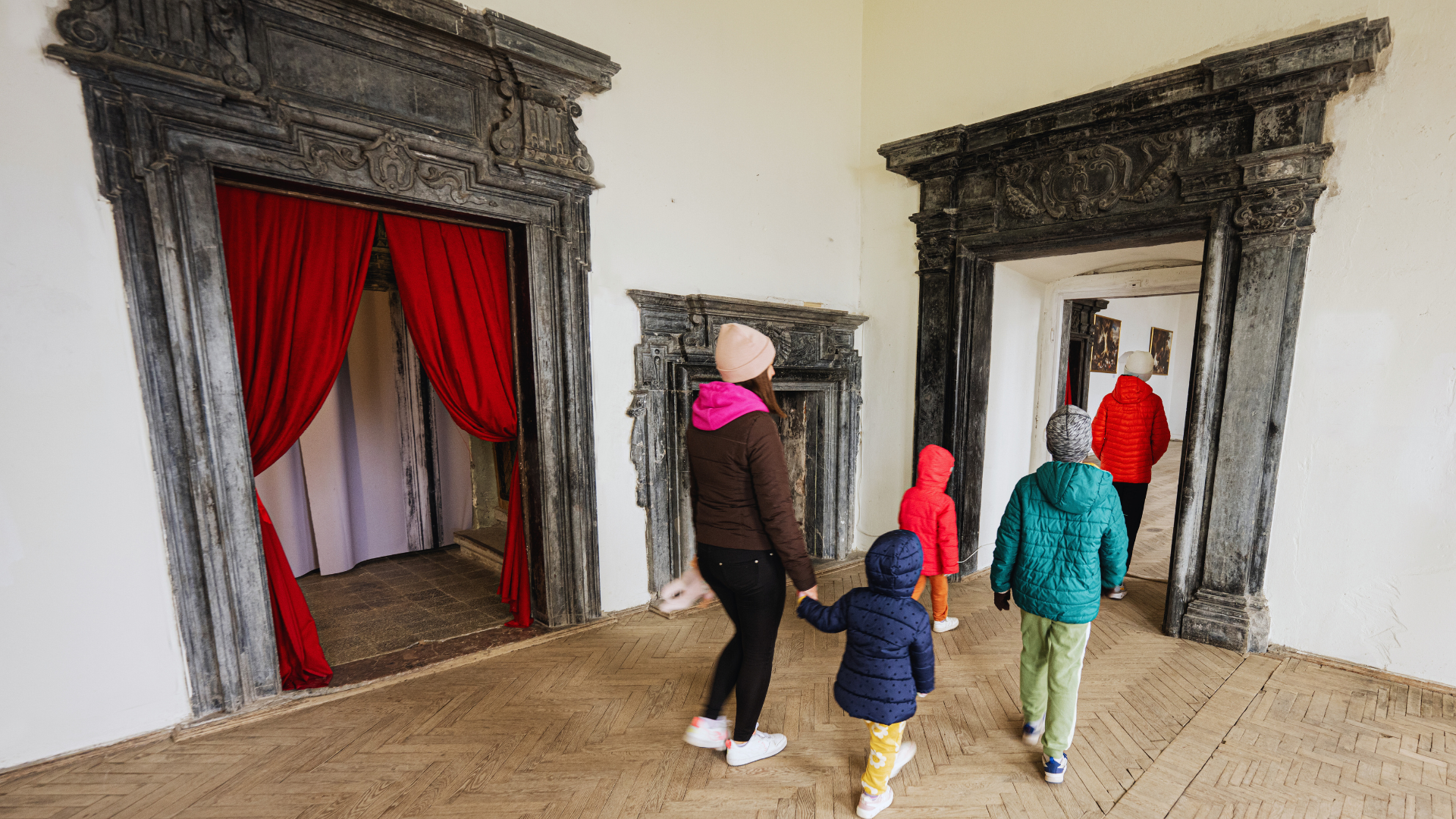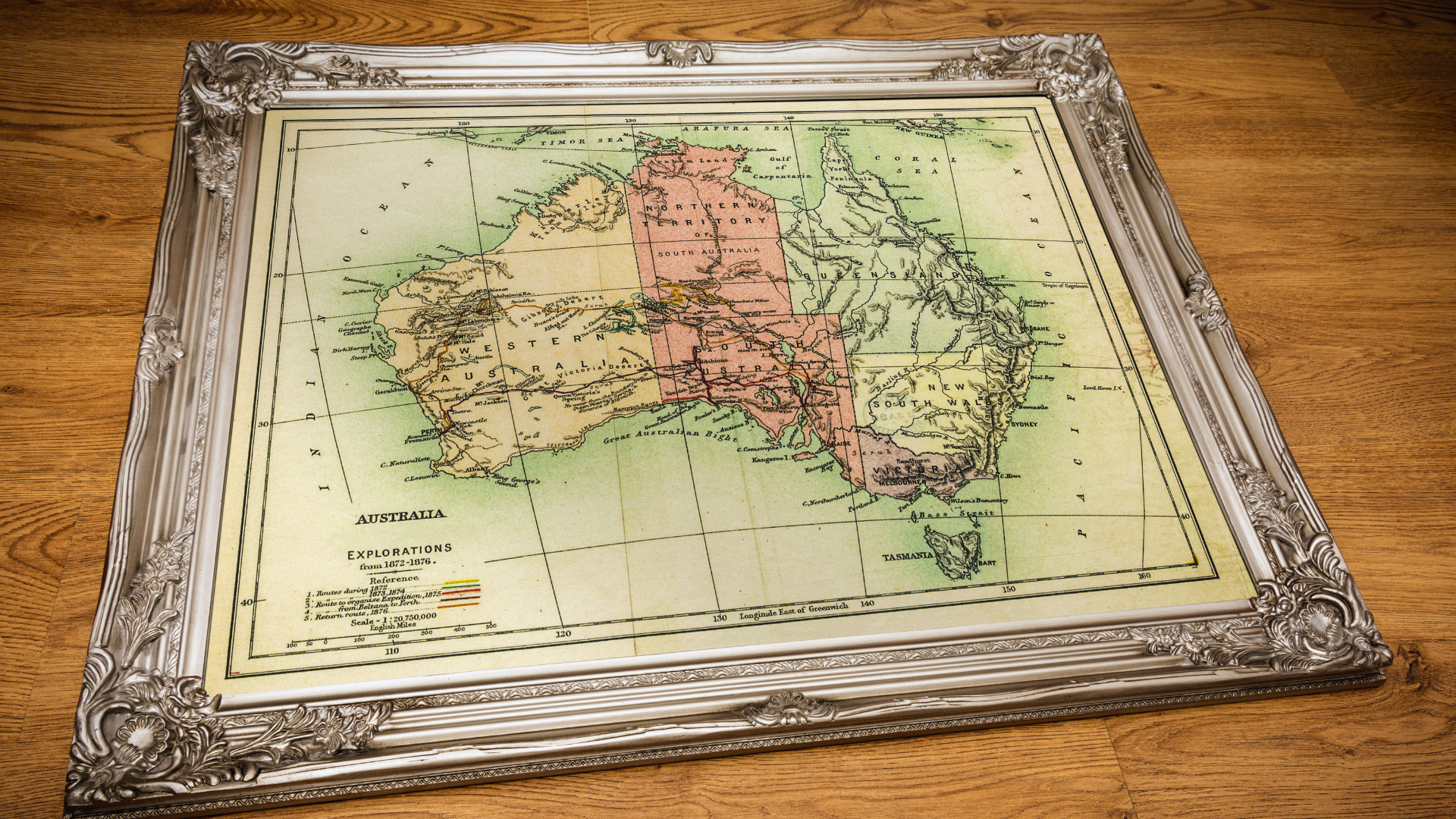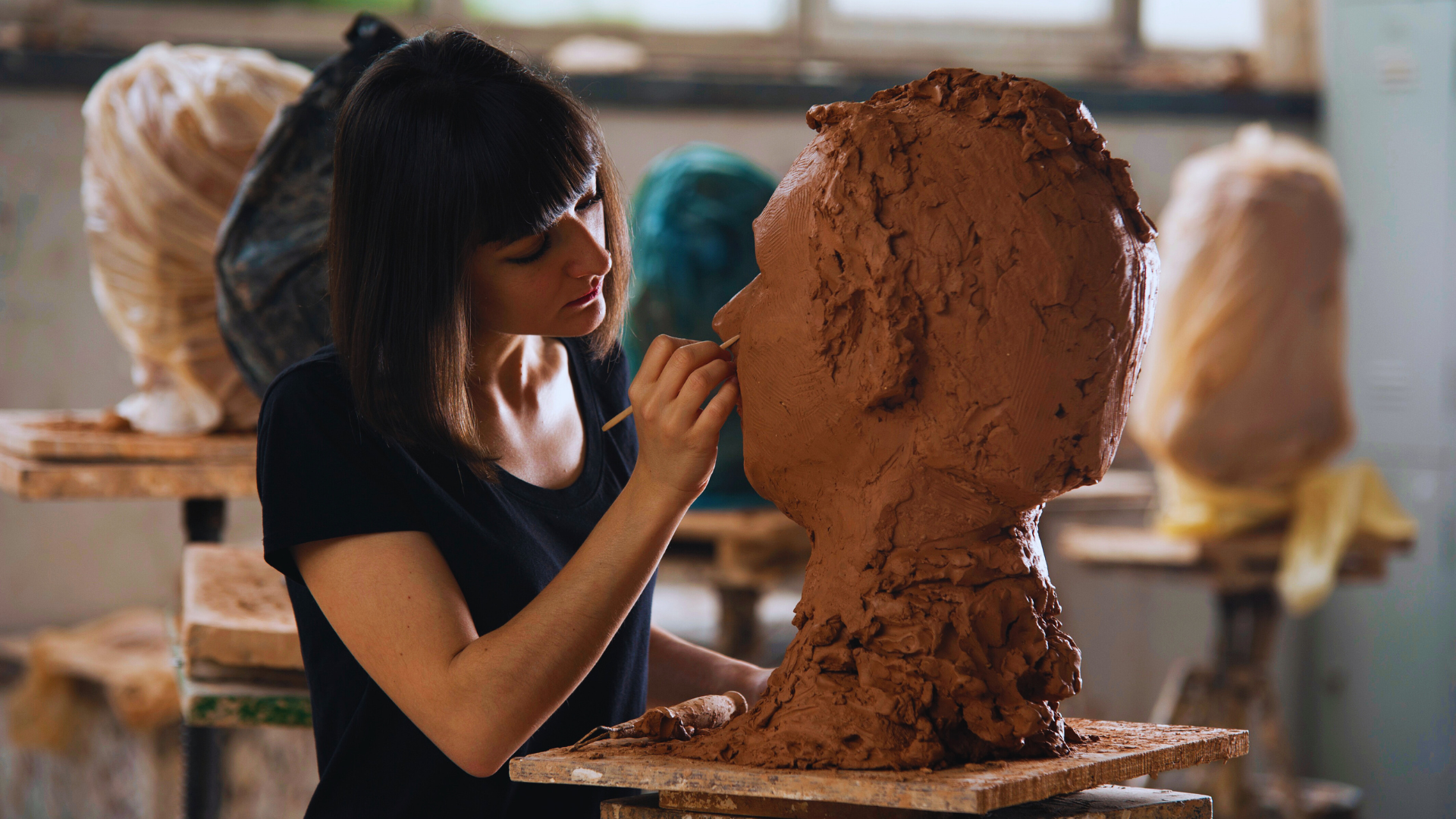Engaging children with history can transform their understanding of the world. To spark their interest, parents can use interactive experiences, such as visits to museums, historical sites, or reenactments. These activities provide tangible connections to the past, making history more relatable and memorable.
Storytelling is another effective method to capture children’s attention. Sharing captivating tales of historical figures or events can evoke curiosity and inspire debates about choices made in the past. When children can connect emotionally with the stories they hear, they are more likely to develop a lasting interest in history.
Incorporating technology can also enhance learning. Educational apps, documentaries, and history-themed video games introduce historical topics in a fun and engaging way. By integrating modern tools, children may find themselves excited about exploring history further.
Understanding What Engages Kids in History
Engaging children in history requires an awareness of their unique learning preferences and the challenges teachers face. Identifying effective teaching methods and understanding barriers can create a more inviting approach to history education.
Recognizing Children’s Learning Styles
Every child learns differently. Some are visual learners, benefiting from pictures, maps, and videos. Others may be auditory learners, thriving through discussions and storytelling. The kinesthetic learners engage best through hands-on activities or role-playing.
Teachers and parents can tailor history lessons to these styles. For instance, incorporating multimedia resources can capture visual learners’ attention. Storytelling can make historical events relatable for auditory learners. Additionally, acting out historical scenarios helps kinesthetic learners experience history actively.
Utilizing a mix of methods can appeal to various learning styles, fostering a deeper interest in history.
Challenges In Teaching History To Kids
Teaching history poses unique obstacles. A common challenge is the perception that history is dry or irrelevant. Many children may view it as mere memorization of dates and names, which can diminish their interest.
Another issue is the vast amount of information available. Selecting relevant content that resonates with children’s experiences is crucial. Interactive activities, such as games or field trips, can help bridge the gap between textbook knowledge and engaging experiences.
Furthermore, history often lacks a personal touch, making it difficult for students to connect emotionally. By emphasizing stories of real people and events, educators can create a more engaging history curriculum.
Creative Strategies to Make History Exciting
Engaging children with history can be approached through storytelling, interactive experiences, and connections to contemporary issues. These methods transform history from dry facts into vibrant narratives that resonate with young learners.
Incorporating Stories and Historical Figures
Telling stories about historical figures captures children’s imaginations. Focusing on characters like Cleopatra, Martin Luther King Jr., or Amelia Earhart can make history relatable.
Using storytelling formats, such as books or podcasts, helps create emotional connections. Interactive biographies can immerse children in these figures’ lives, showcasing their triumphs and challenges.
Activities to Consider:
- Role-Playing: Children can reenact key events in history.
- Storytime Sessions: Read books that tell the lives of historical figures.
- Journaling: Encourage kids to write diary entries from the perspective of these figures.
Leveraging Gaming and Interactive Techniques
Games can make learning history enjoyable and interactive. Board games like “Timeline” or video games such as “Assassin’s Creed” offer playful yet educational experiences.
Interactive websites and apps provide engaging content that caters to different learning styles. Children can explore timelines, quizzes, and virtual museum tours.
Game Ideas:
- History Puzzles: Create puzzles that reveal historical events.
- Trivia Challenges: Organize trivia nights focused on history.
- Interactive Timelines: Use digital platforms to build timelines of significant events.
Connecting History To Current Events
Linking historical events to current news helps children understand history’s relevance. Discussing topics like civil rights movements in history alongside current social movements can spark interest.
Using newspapers, documentaries, or podcasts enables children to see history in real time. This perspective fosters critical thinking about the past and its impact on present conditions.
Discussion Points:
- Compare Actions: Relate historical protests to modern-day movements.
- Explore Changes: Analyze how past decisions shape current policies.
- Create Projects: Encourage students to present on how history informs today’s challenges.
Hands-On Learning and Immersive Experiences
Engaging children in history can be highly effective through hands-on learning and immersive experiences. By exploring historical sites and utilizing engaging media, children can develop a deeper connection to human history.
Visiting Historical Sites and Museums
Visiting historical sites offers children a tangible connection to the past. Walking through ancient ruins, battlefields, or preserved buildings enables them to visualize history in a way that books cannot.
Key benefits of this approach include:
- Reality of History: Children can see artifacts, architecture, and landscapes firsthand.
- Interactive Exhibits: Many museums offer hands-on exhibits where children can touch, engage, and learn.
- Guided Tours: Knowledgeable guides often share captivating stories that bring events and figures to life.
Traveling to different historical sites, such as Colonial Williamsburg or Gettysburg, can make history engaging and memorable.
Exploring Documentaries and Media
Documentaries provide a dynamic way to learn about historical events, figures, and cultures. High-quality films can spark interest and encourage discussions about important topics.
Effective strategies include:
- Age-Appropriate Content: Select documentaries suitable for different age groups, ensuring they resonate with the child’s maturity level.
- Follow-Up Discussions: After watching, engage children in conversations to reflect on what they have learned.
- Supplement with Books: Pair documentaries with books for deeper exploration of specific topics.
Resources like PBS, History Channel, and streaming platforms offer a variety of historical documentaries that cater to diverse interests.





